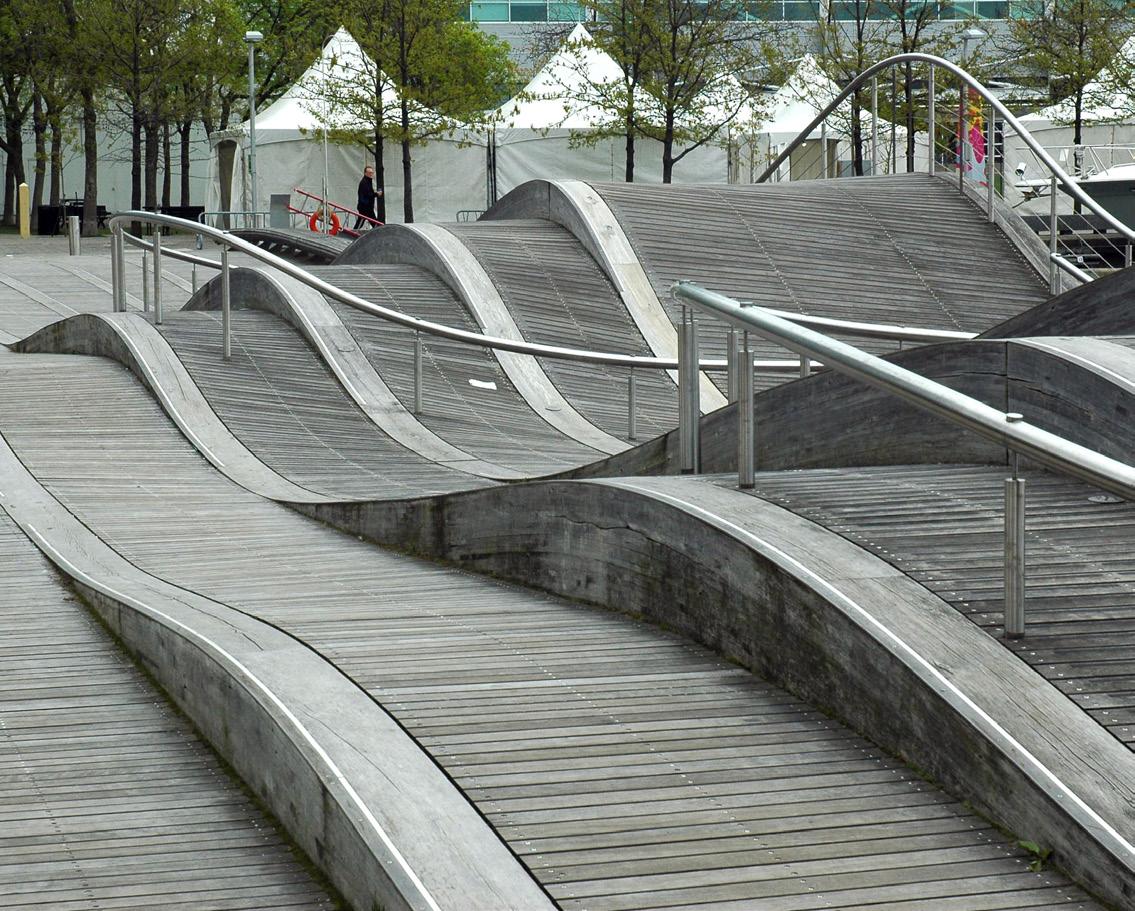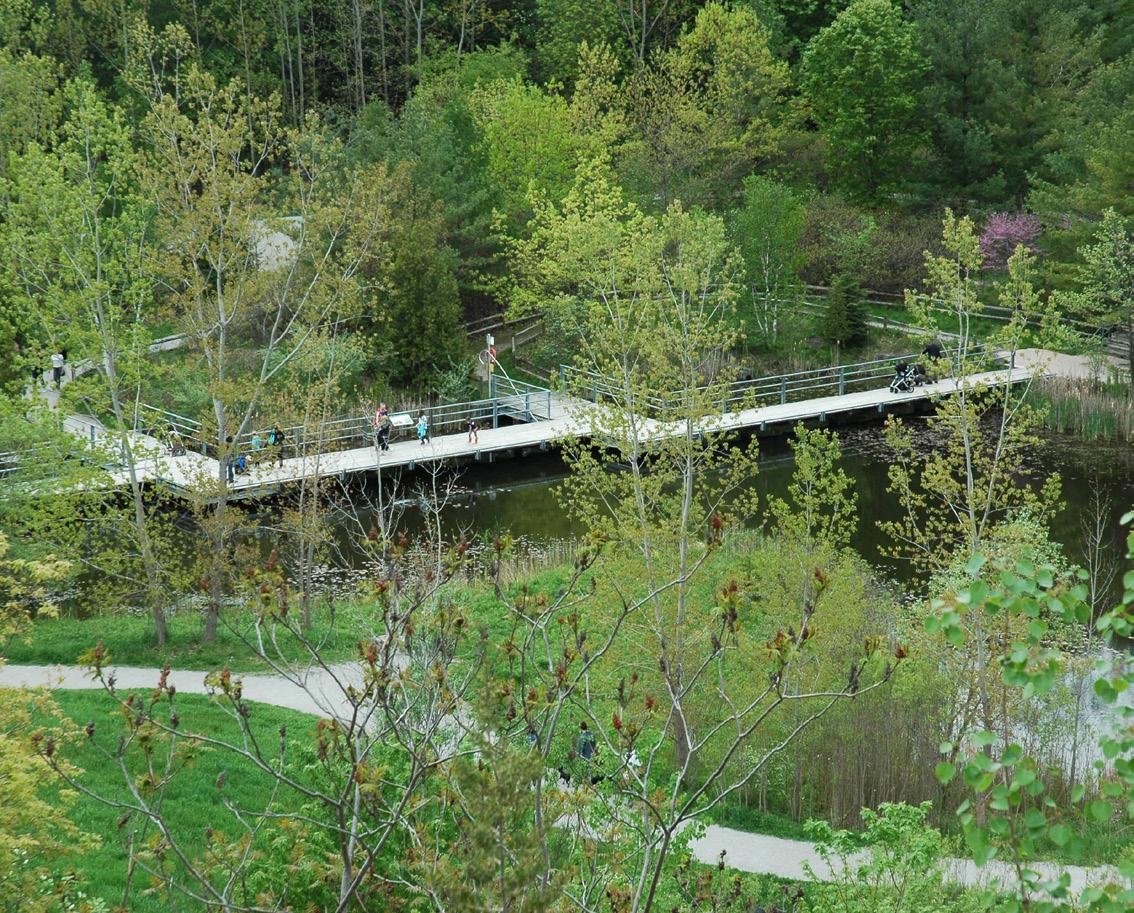
3 minute read
Department Spotlight - Landscape Architecture
from The Ambassador - December 2019
by College of Agriculture, Food and Environment Alumni Association
LANDSCAPE ARCHITECTURE’S INTERNATIONAL STUDY PROGRAM
Advertisement
This was the reaction of a student recently returned from one of the Department of Landscape Architecture’s international study programs. She is like other Landscape Architecture students at the University of Kentucky who are able to get beyond their computer screens and Google searches to partake in genuine experiences in some of the most significant and vibrant urban design, parks, public spaces, and environmental conservation projects around the globe.
Landscape Architecture for many professionals is a global practice with project team members working fluidly across international boundaries. American landscape architects frequently practice in Asia, the Middle East, and other parts of the world. Conversely, the competition for the Town Branch Commons project in Lexington attracted multiple landscape architecture firms from Europe, many of whom teamed with firms in the United States. Even landscape architects who practice consistently within a given region benefit from experiencing work informed by other cultures and environmental settings. Historic landscapes have always served as inspiration for American designers, from the renaissance villas of Italy, to the rural estates of England, and the gardens of Japan. In more recent decades, designers look not just to historic precedents, but also to contemporary landscape architecture and urban design projects from around the world as examples and lessons from which to learn.

In this climate of international sharing of ideas, it is essential for landscape architecture students to broaden their education by traveling abroad while in school, and by establishing the confidence to continue traveling throughout their careers. The department considers the learning that occurs with international study to be so important that it is a required part of the curriculum for the Bachelor of Science in Landscape Architecture. In recent years landscape architecture students have traveled to China, Japan, Thailand, Australia, Chile, Argentina, Costa Rica, the United Kingdom, Ireland, Denmark, Sweden, Spain, and France, as well as Canada. A small number of students arrange for international study through programs sponsored by other departments at UK or by other universities, but the majority choose to participate in programs led by UK landscape architecture faculty members.

In May 2020, Ned Crankshaw and Carolina Segura will lead a group of students on a program in Spain to experie nce contemporary urban and landscape architectural design, ancient gardens from the Moorish empire, and the Spanish experiment with a car-free inner city in Madrid. The Spain 2020 group will travel through Barcelona, Madrid, Seville, and several smaller cities and participate in sketch and photography “crawls” as a way to immerse themselves thoughtfully in the places they are visiting. The department expects students in landscape architecture to return with a body of work suitable for an exhibition of their travels. In the 2020 fall semester, the group will share their exhibit of images and observations with their fellow students and faculty during the department’s annual Thanksgiving feast.

Professor Thomas Nieman, until his retirement in 2016, was a leading proponent of international travel in the College of Agriculture, Food and Environment and among his landscape architecture colleagues across the country. Tom and his wife Jan are traveling even more now that he is free of the academic schedule, with recent trips to Iceland, Germany, and France. They created the Tom and Jan Nieman Education Abroad Fund in 2016 with a major gift supplemented with continuing gifts by alumni and friends of the Department of Landscape Architecture. The fund, at Tom and Jan’s request, benefits all landscape architecture students who participate in the department’s international travel programs by paying a portion of the program’s cost. This generous legacy will positively influence current and future landscape architecture students by helping them to afford that greatest piece of design education: immersing oneself in the real thing.






